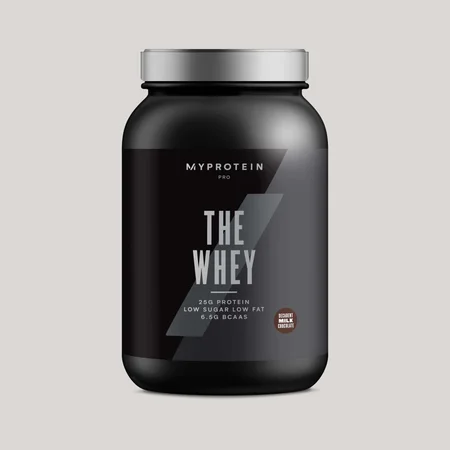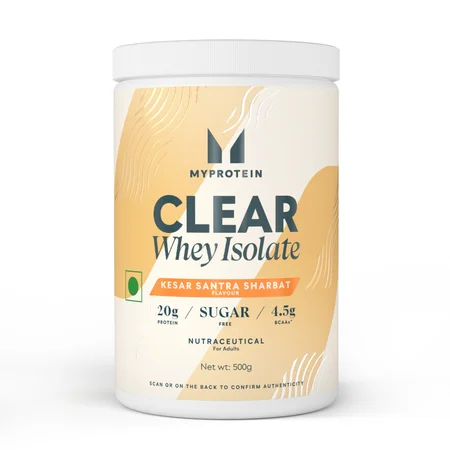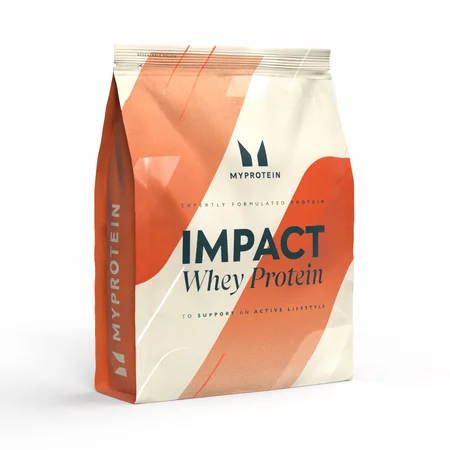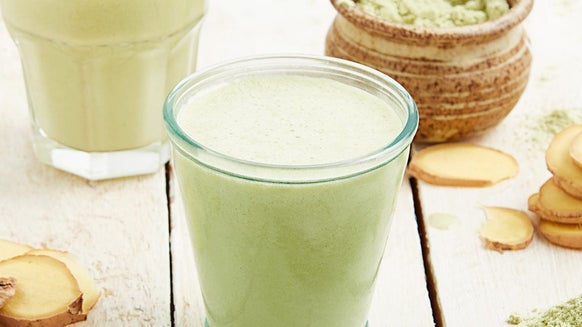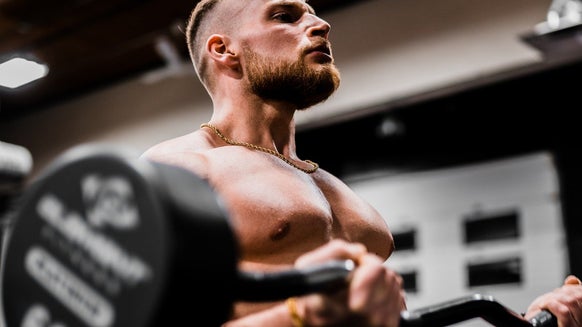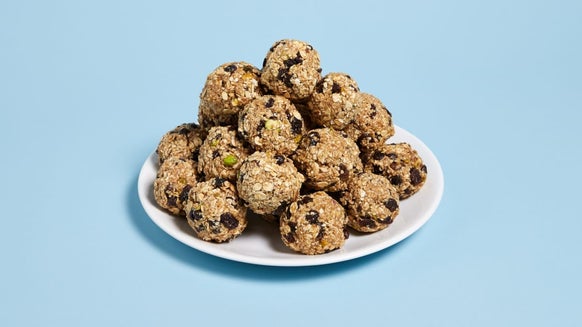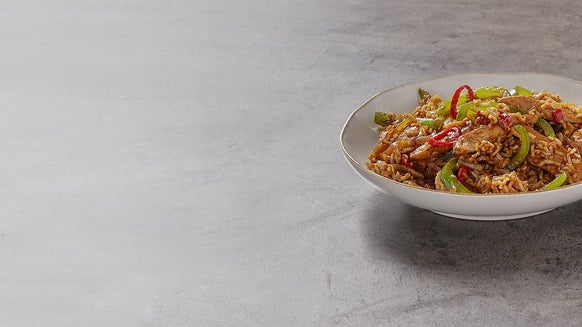12 High Protein Shakes To Boost Your Daily Intake & How To Make Them

Getting your protein right is essential for good health, exercise recovery and muscle building and maintenance. Whether you are trying to increase your muscle mass, lose body fat or tone up, making sure you get enough protein on board is key to achieving your fitness goals.
Hitting your protein targets through your meals alone can be difficult and sometimes feel way too filling. Protein shakes are a quick and easy way to boost your protein levels if you struggle to meet your protein needs through your meals alone.
High-Protein Breakfast Protein Smoothies
Breakfast is a really important time of the day to eat protein. In order to maintain or build muscle, protein must be eaten at regular intervals (every 3-4 hours during the day) and after a good night’s sleep, it’s likely that it’s been a long time since your evening meal or snack.
A high protein breakfast (approximately 20g+ of protein) will optimize your body’s muscle protein synthesis rate (the process in which your body builds and maintains muscle). Mornings can often be a rush and if you don’t really feel like eating salmon and eggs first thing, a smoothie can be an easy, refreshing way to start your day.
Coffee & Chocolate Breakfast Protein Smoothie
- 200ml milk
- 100ml brewed coffee
Latte or Chocolate flavoured Impact Whey Protein - 1 tbsp. maple syrup
- 100g banana
- 1 tsp. cocoa powder

Healthy Choc-Chip Breakfast Smoothie
2 Scoops Impact Whey Protein – Chocolate Smooth flavour - 6g Organic Cacao Nibs
- ½ Medium Banana
- 250ml Almond Milk
- 40g Avocado
- 250ml Cold Water – or ice if not using frozen ingredients.

Wake-Me-Up Matcha Whey Protein, Peach & Ginger Smoothie
- 1 Scoop (25g) Matcha Whey Protein
- 2 Medium-Sized Fresh Peaches
- ½ Thumb Root Ginger (grated)
- 75ml Milk (of your choice)

High-Protein Post-Workout Shakes
In order for your muscles to repair after a workout, it is important to get enough protein on board to allow them to start recovering. On a long term basis, evidence has shown that those supplementing with post workout protein may gain more muscle than those who don’t. Although it’s unclear whether this is just down to an increase in daily protein, a post-workout shake is an easy way to boost your daily protein intake and will help to repair damaged muscles and rehydrate you after your training session.
Post-Workout Protein Shake for Maximum Muscle Gain
- 1 scoop (35g) Maltodextrin
- 5g L Leucine
- 1g HMB
1-2 scoops (30-60g) Whey Protein - 1 ripe Banana
- 200ml skimmed milk or water

Raspberry Post-Workout Protein Shake
- 100g frozen raspberries
- 250ml skimmed milk
- 2 tbsp. quark or Greek yogurt
- 1/2 banana
1 scoop Raspberry Impact Whey Protein

The Whey Post-Workout Strawberry-Mint Protein Smoothie
1 scoop The Whey (Strawberry Milkshake Flavour) - Handful fresh mint leaves
- 4 tbsp. Greek yoghurt
- 100ml milk
- Handful frozen berries

Fruity High Protein Shakes & Smoothies
Fruity Creatine Smoothie
- 150g frozen berries
- 2 kiwis (sliced)
- 200ml milk of choice
- 1 scoop Impact Whey Protein (Vanilla)
3g Creatine Monohydrate powder - Handful fresh mint

Kiwi and Strawberry Protein Smoothie
- 2 kiwi fruit (peeled)
- ½ pint apple juice or water
- 5 large strawberries
- 1 scoop Impact Whey Protein
- ½ tablespoon Manuka Honey
- 1 cup of ice cubes
- ½ a squeeze of lime juice

Clear Protein Slushies
1 scoop Clear Whey Isolate or Clear Vegan Protein - 200ml water
- Handful crushed ice
- Fruit to garnish (optional)

Vegan High Protein Shakes
However, including more vegan protein sources will make your diet more environmentally sustainable. The production of plant based protein sources such as oats, wheat and potato results in considerably less greenhouse gas emission than the production of beef and pork. Therefore, switching an animal based protein source for a vegan smoothie can be a way for you to keep your protein intake high whilst doing your bit to look after the environment.

Vegan Protein Smoothie
- 1 scoop Vegan Protein Blend (Coffee and Walnut flavour)
- 250ml almond milk
- ½ banana
- Handful ice
- Toppings of choice

Vegan Chocolate, Banana & Blueberry Post-Workout Smoothie
- 1 scoop (25g) Vegan Protein Blend, Chocolate
- 250ml almond milk
- 50g blueberries
- 1 banana
- Handful of spinach or kale

Our tips for making a high-protein shake
Use protein powders
Swap out water for milk
Use natural ingredients for added flavour and protein
Invest in a blender or food processor
Take Home Message
Want more recipes?
READ THESE NEXT:

